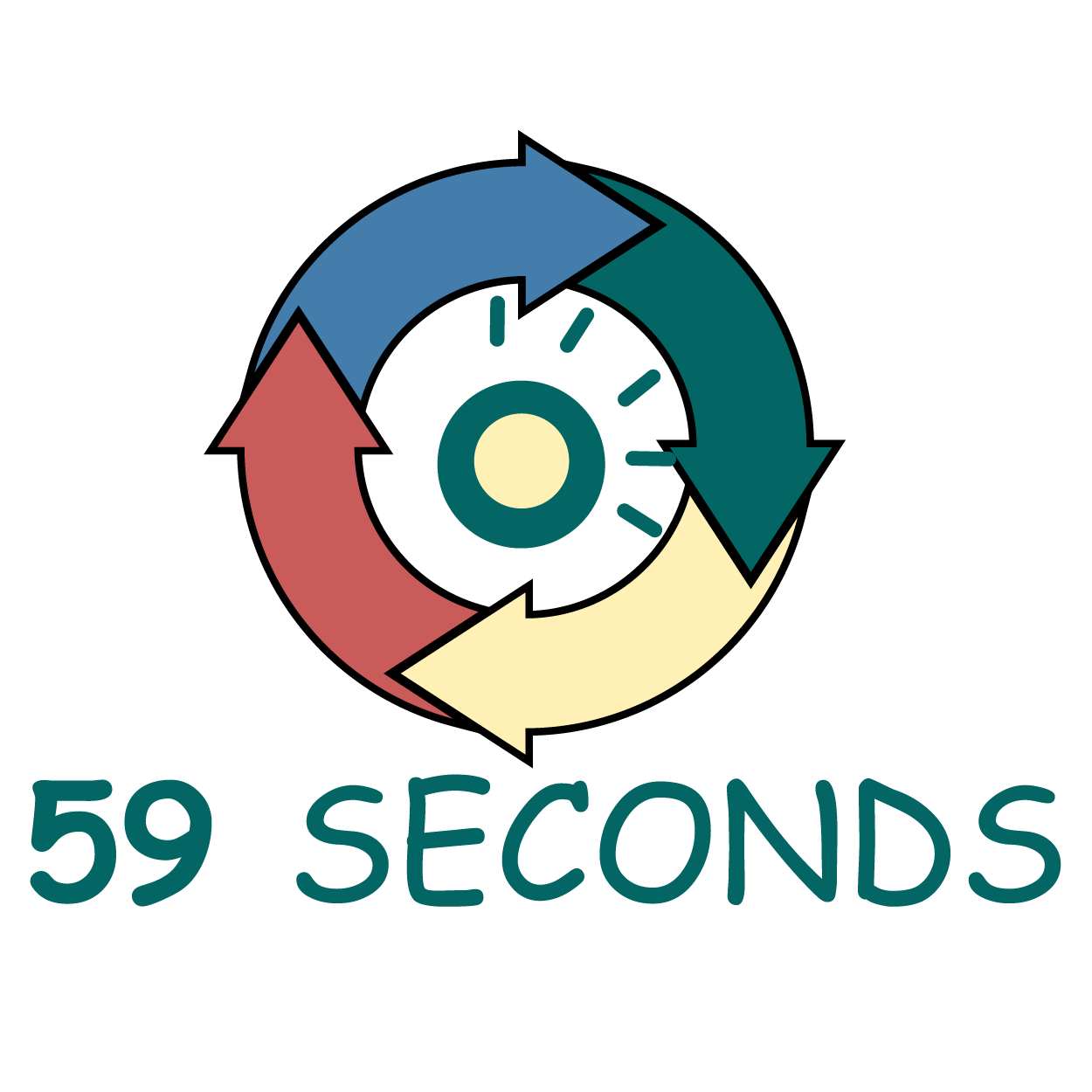
User Stories and Tasks – Part 8
Small
Since Agile consists of short sprints, user stories must be small enough to handle within a sprint. User stories work like building blocks, with each story adding value to the product. With small user stories, the product can evolve over time, and stakeholders receive value quickly and more regularly.
In addition to being functionally small, user stories should be limited in text and detail as well. One or two sentences is plenty of detail for the team to create a working feature. Any more information than just what is necessary slows the entire development process with extra overhead. When explaining the concept for a user story, the idea should be short and simple.
Testable
When a user story can produce a definite pass or fail criteria, it is testable. Offering pass or fail conditions reduces miscommunication between roles. Developers and testers alike know what is expected of a feature, and clearly see whether it does what it was intended to do. Without this clarity, the scrum team could waste time determining whether a user story is finished when they could be working on more features and adding more value to the product.
A user story should contain all of the work to make a feature work from start to finish. Back-end changes must be grouped with their front end behavioural changes. Without a testable piece, a team cannot determine whether the changes have been successfully implemented. Plus, changes without adding features give no value to stakeholders.
As the backbone of Agile Software Development, user stories must be useful to offer value to a product and the team. This responsibility lies with the Product Owner. Whether the Product Owner writes the user stories themselves, or whether they allow other roles to write them, it is imperative that they only allow good user stories into the backlog. If a user story satisfies each of these discussed properties, it should give the team a good idea to work off of and to create a new feature for the product.
59 Seconds Training Video
The ‘Agile Scrum Master Training Course With 59 Seconds Training‘ is now available for free. This free Scrum Master Certified Online Training Course provides an in-depth understanding of the Agile Scrum Master roles and responsibilities, where you find out what a Scrum Master does and how to do it. During this free course you will learn all of the tools needed to succeed as an Agile Scrum Master.
Thank you for choosing us to learn about the Agile Scrum Framework.
Master of Agile – Agile Scrum Master With 59 Seconds Agile (Video Training Course)
Introductory Offer: Free Course
Master of Agile – Agile Scrum Master With 59 Seconds Agile (Video Training Course)
What is this course?
This ‘Master of Agile – Agile Scrum Master With 59 Seconds Agile (Video Training Course)’ provides an in-depth understanding of the Agile Scrum Master roles and responsibilities
You will explore the Agile Scrum project life-cycle, including how an Agile User Story is created, to how we know when it is ‘done’
This course is aimed at those with or without prior knowledge and experience of the Agile values and principles
During this course you will learn the tools needed to succeed as an Agile Scrum Master
What will you learn?
You will gain an in-depth understanding of the Agile Scrum Master roles and responsibilities, and you will be able to
- Fully understand the role of the Agile Scrum Master
- Understand the roles involved in an Agile project
- Create an effective Product Backlog
- Effectively participate in Scrum Meetings such as the Daily Stand-up, Sprint Review and Retrospective
- Identify the roles involves in the Scrum Team

What topics are covered within this course?
You will cover the following topics during this course:
- An Introduction to Agile Project Management (Scrum Master)
- Using the Agile Manifesto to Deliver Change (Scrum Master)
- The 12 Agile Principles (Scrum Master)
- The Agile Fundamentals (Scrum Master)
- Introduction to Scrum (Scrum Master)
- Scrum Projects (Scrum Master)
- Scrum Project Roles (Scrum Master)
- Scrum in Projects, Programs & Portfolios (Scrum Master)
- How to Manage an Agile Project (Scrum Master)
- Leadership Styles (Scrum Master)
- The Agile Project Life-cycle (Scrum Master)
Our Book Recommendations
We found these books great for finding out more information on Agile Scrum:
